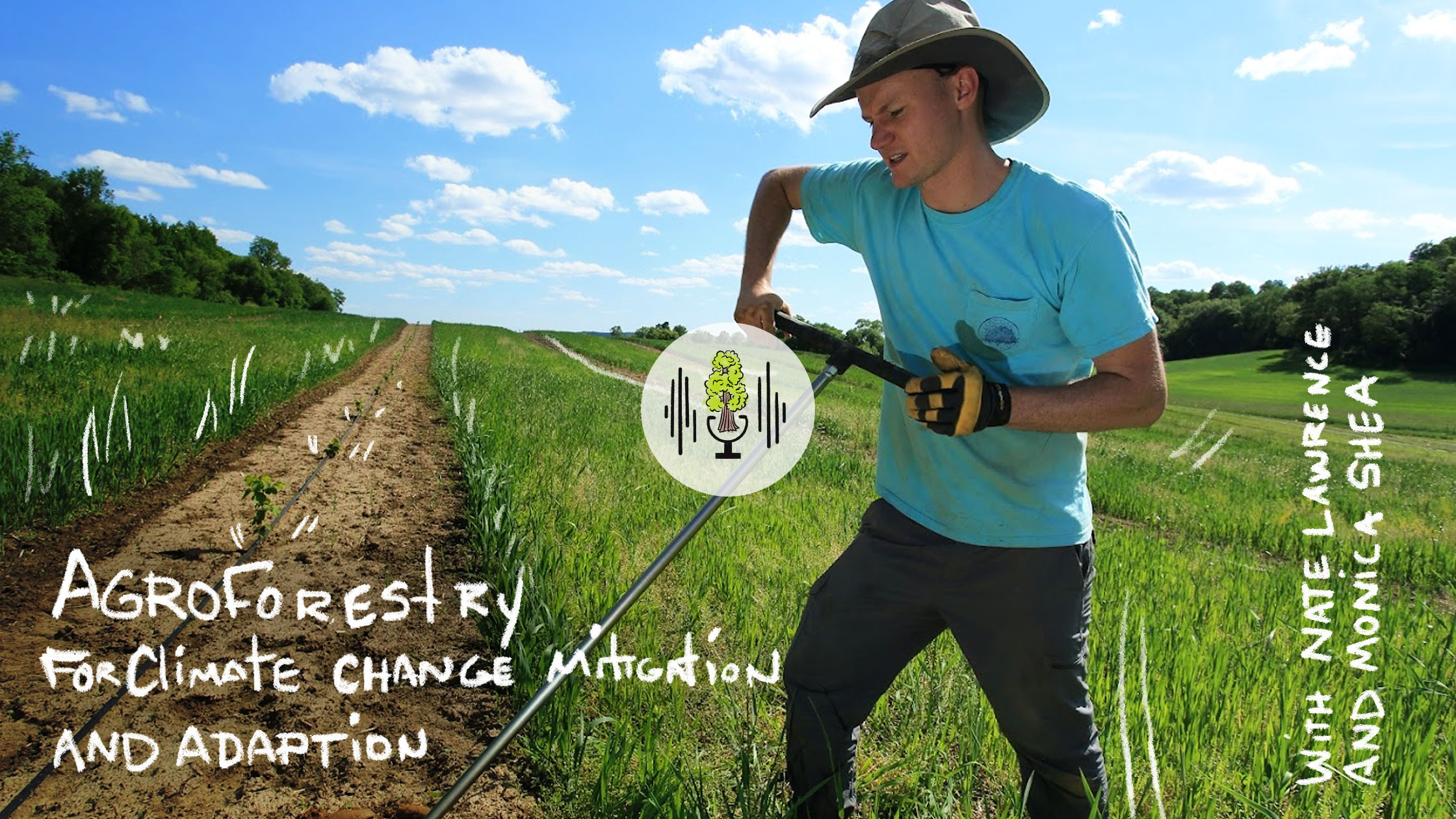In the latest episode of the Perennial AF podcast, host Jacob Grace talks with Savanna Institute researchers Nate Lawrence and Monika Shea, who dig into the details of agroforestry for climate change mitigation (through reduced inputs and carbon sequestration) and climate adaptation (through better mapping and management, among other things).
Agroforestry can have a lot of benefits, and one of the ones we’re most enthusiastic about at the Savanna Institute is agroforestry’s ability to combat the climate crisis. But just as important as it is to take action on climate change, it’s also important to not overstate or oversell the potential of agroforestry, or to ignore the fact that a changing climate can make agroforestry harder to do.
Transcript has been edited for brevity and clarity.
Jacob Grace: Part of why I get very hesitant about claims that ‘if you do a certain practice, it will sequester X amount of carbon’ is because it seems like it depends a lot on where you are and what has happened on that land in the past.
Monika Shea: It’s really, really important to consider not just regional differences in soils and climate, but fine scale, like landscape differences. Even on your farm, there’s differences in microclimates and how that’s going to affect growth. And all of those things act together to affect that overall carbon sequestration number. And so that’s why it’s really hard to nail down a number.
People really want to have a number to say, you know, ‘chestnuts sequester this much carbon’. And it would be so lovely to have a number to give to people! But it’s like, are we talking about growing chestnuts on mollisols or alfisols? What’s the pH? Is the drainage good? Are you growing it in zone five or zone eight? All those things really play a role.
Nate Lawrence: Of course carbon outcomes are going to be variable. Everything in biology and ecology is variable. So if a hundred farmers adopt a practice, you’re going to have a hundred different carbon sequestration rates. And the short answer of what to do about that is, you measure it.
As for the predictions, ranges are really useful. If you don’t have a whole lot of data on something – you just have a few chestnut orchards or something – then you can look at what was the highest, what was the lowest, and what was the average. And that can inform what we might expect if you planted a chestnut orchard. But going forward, as we collect more data on chestnut orchards, we might also be able to tease out the impact of climate and soil and soil fertility. And so our predictions will probably improve as we go forward. But right now, the solution is to just measure it, and measure it with a suitable degree of rigor, so that we’re pretty confident that we got it right.
For information on agroforestry and its environmental impacts, visit climate change to learn more.

